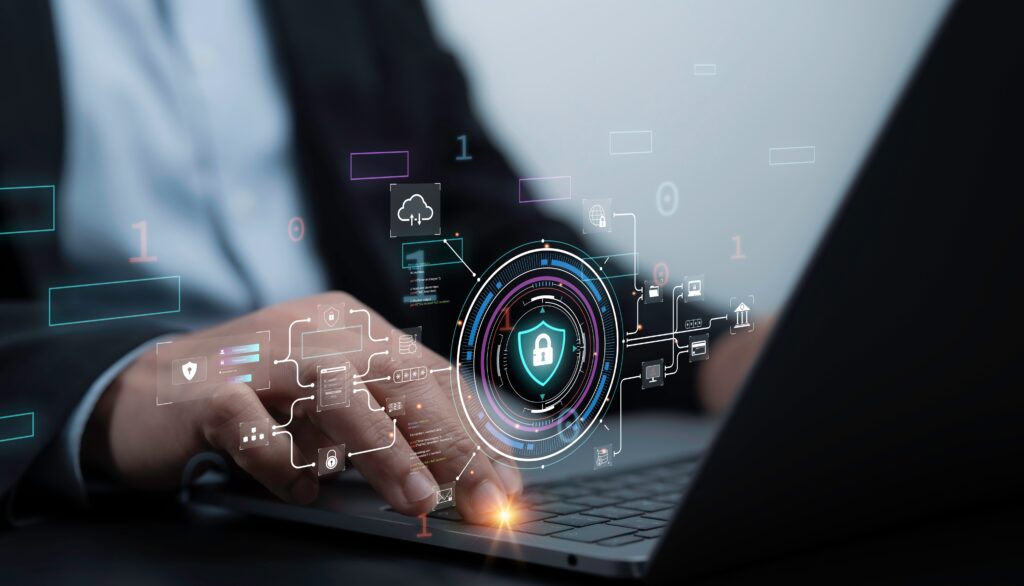
5G and Beyond: What Faster Connectivity Really Unlocks
We’ve heard the buzz — 5G is faster, smarter, and more powerful than anything before it. But it’s not just about streaming Netflix in 4K or faster downloads. 5G, and the connectivity that will follow it, is set to reshape entire industries, redefine communication, and accelerate innovation in ways we’re only just beginning to understand. From smart cities and autonomous vehicles to remote surgery and real-time augmented reality, this article explores what 5G really means — and what lies beyond.
Outline
- What Is 5G, Really?
- 5G vs 4G: What’s the Difference?
- Key Benefits of 5G
- Real-World Applications Across Industries
- Challenges and Misconceptions
- What Comes After 5G?
- Final Thoughts: More Than Just Speed
What Is 5G, Really?
5G is the fifth generation of mobile network technology — designed to deliver ultra-fast, low-latency, and highly reliable wireless connectivity.
It’s not just an upgrade — it’s a complete rebuild of how mobile networks operate, enabling:
- Near-instantaneous data transfer
- Mass connectivity (billions of devices)
- Highly efficient use of spectrum
Where 4G connected people, 5G connects everything — people, machines, vehicles, even entire cities.
5G vs 4G: What’s the Difference?
| Feature | 4G LTE | 5G |
|---|---|---|
| Max download speed | Up to 100 Mbps | Up to 10 Gbps (theoretically) |
| Latency (response time) | ~30-50 ms | As low as 1 ms |
| Device capacity | Thousands per km² | Over 1 million per km² |
| Use case focus | Smartphones, mobile internet | IoT, industry automation, AR/VR |
5G isn’t just about being faster — it’s about enabling entirely new possibilities.

Key Benefits of 5G
Ultra-Low Latency
Faster reaction times — essential for real-time communication and control.
Massive IoT Support
5G can connect millions of devices simultaneously, making smart homes and cities viable.
Energy Efficiency
Designed to reduce power usage per bit of data — especially useful for small IoT devices.
Higher Reliability & Speed
Improved consistency, even in crowded areas (stadiums, events, urban centres).
Real-World Applications Across Industries
5G is already unlocking value across multiple sectors:
Smart Cities
- Adaptive traffic systems
- Real-time air quality and noise monitoring
- Public safety enhancements through real-time surveillance
Autonomous Vehicles
- Ultra-low latency is crucial for split-second decisions
- Car-to-car and car-to-infrastructure communication
Healthcare
- Remote surgery and diagnostics
- Real-time sharing of high-resolution medical imagery
- Wearables providing continuous patient monitoring
Industry & Manufacturing (Industry 4.0)
- Smart factories with autonomous robots
- Predictive maintenance using real-time data
- Edge computing at scale
Entertainment & Media
- Lag-free cloud gaming
- Immersive AR/VR experiences
- Ultra-HD video streaming anywhere
Rural Connectivity
- Filling broadband gaps in remote areas
- Boosting economic inclusion and digital access
Challenges and Misconceptions
Deployment Gaps
5G infrastructure (especially mmWave) requires dense, costly networks — rollout varies by region.
Device Compatibility
Not all phones and gadgets support 5G yet — adoption is still catching up.
Security
With more connected devices comes a larger attack surface — requiring new security protocols.
Misconceptions
No, 5G doesn’t cause COVID-19, and it won’t instantly change the world overnight. Like all tech, adoption takes time.
The hype is real — but it needs realistic expectations and solid infrastructure.
What Comes After 5G?
While 5G is still being rolled out globally, researchers are already looking ahead to 6G — expected to emerge around 2030.
Predicted features of 6G include:
- Speeds 50–100x faster than 5G
- Integrated AI in the network itself
- Real-time digital twins of physical environments
- Even lower latency (near-zero)
- Ultra-precision applications in quantum and brain-computer interfaces
6G could usher in truly immersive, fully interconnected digital ecosystems — but there’s a long way to go.
Final Thoughts: More Than Just Speed
5G is about more than quick downloads — it’s the digital foundation for the next wave of global transformation.
From enabling smart cities and precision agriculture to powering real-time gaming and reshaping healthcare delivery, 5G represents a shift in what’s possible — for individuals, businesses, and society.
The question isn’t just “how fast?” but “what can we build with it?”